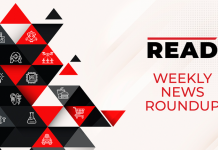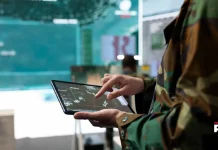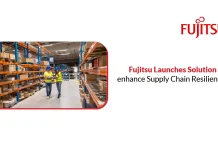Starting treatment is just the first step in any medical procedure. What follows is patient care, how the body is reacting to the respective treatment, and recovery, which is an important part of any medical process. However, for many patients, it is not possible to keep track of their progress daily. The recovery progress a patient makes is noted when there is visible progress in their health, but there is no numeric measurement available. Enter the world of remote patient monitoring (RPM).
What is Remote Patient Monitoring?
Remote patient monitoring (RPM) is a technique for delivering healthcare that makes use of technology to keep an eye on patients’ well-being away from a traditional clinical setting, including in the comfort of their own homes. It involves the use of integrated electronic instruments, such as mobile medical gadgets and sensors, to save patient health and medical information in a single location that medical professionals can access and assess remotely. This enables medical professionals to keep track of and treat patients’ chronic diseases, such as diabetes and heart disease, in real-time and to spot any changes in their health state early on before they need to seek emergency care or be admitted to the hospital. Particularly for patients in rural or underprivileged regions, RPM has the potential to enhance patient outcomes, lower healthcare expenses, and promote access to high-quality treatment.
How Does Remote Patient Monitoring Work?
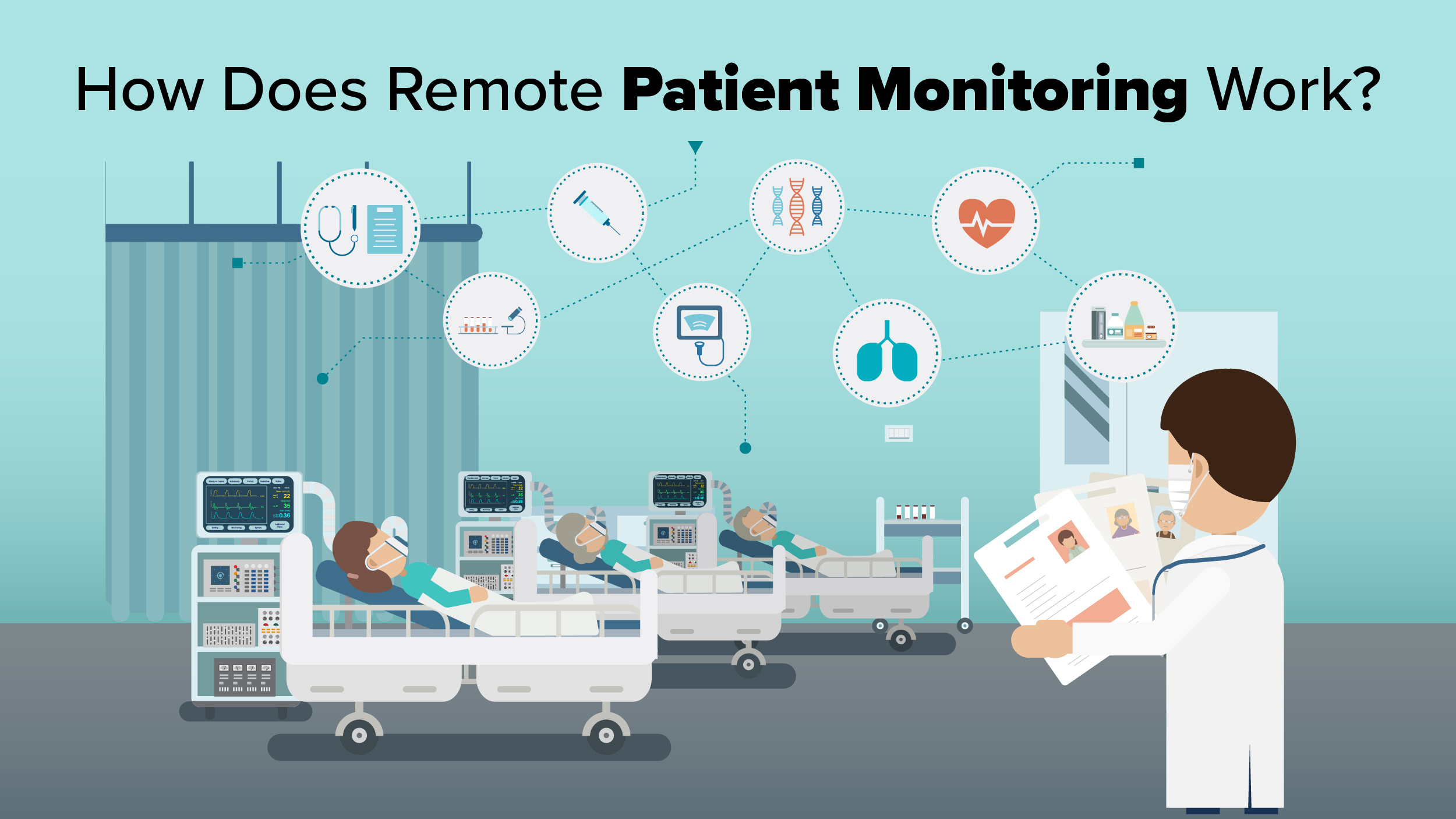
With remote patient monitoring, a patient’s health is monitored outside of a typical clinical setting, most probably in the comfort of their home. It is a healthcare delivery method that makes use of technology to track and monitor a patient’s health. RPM uses a specific technology to digitally transmit data between a patient and the physician.
RPM is primarily a medical solution in the form of wearable technology. RPM devices are digitally powered, connecting bridges to share information between patients and providers. With this wearable technology, patients monitor themselves and collect data about their health at different times in the day. This data is then electronically transmitted as messages to their physicians or technicians.
Remote patient monitoring devices observe, report, and analyze a patient’s overall condition. With RPM devices, a patient need not be under a doctor’s physical observation; technology does the job for them. RPM devices make it possible for healthcare professionals to monitor their patient’s health in real time. Some common examples of RPM devices are blood pressure monitors, continuous glucose monitors, ECG devices, medication monitoring devices, clinical-grade wearables, etc.
Difference Between RPM and Telehealth
Both telehealth and remote patient monitoring require technology and internet connectivity, but there are some minor differences that set them apart. Telehealth is a broader concept that covers the entire healthcare industry. It involves providing healthcare facilities by using the latest technologies. Whereas RPM uses specific technology to monitor a patient at home and generate interaction between patients and physicians.
Role of Internet of Medical Things In RPM
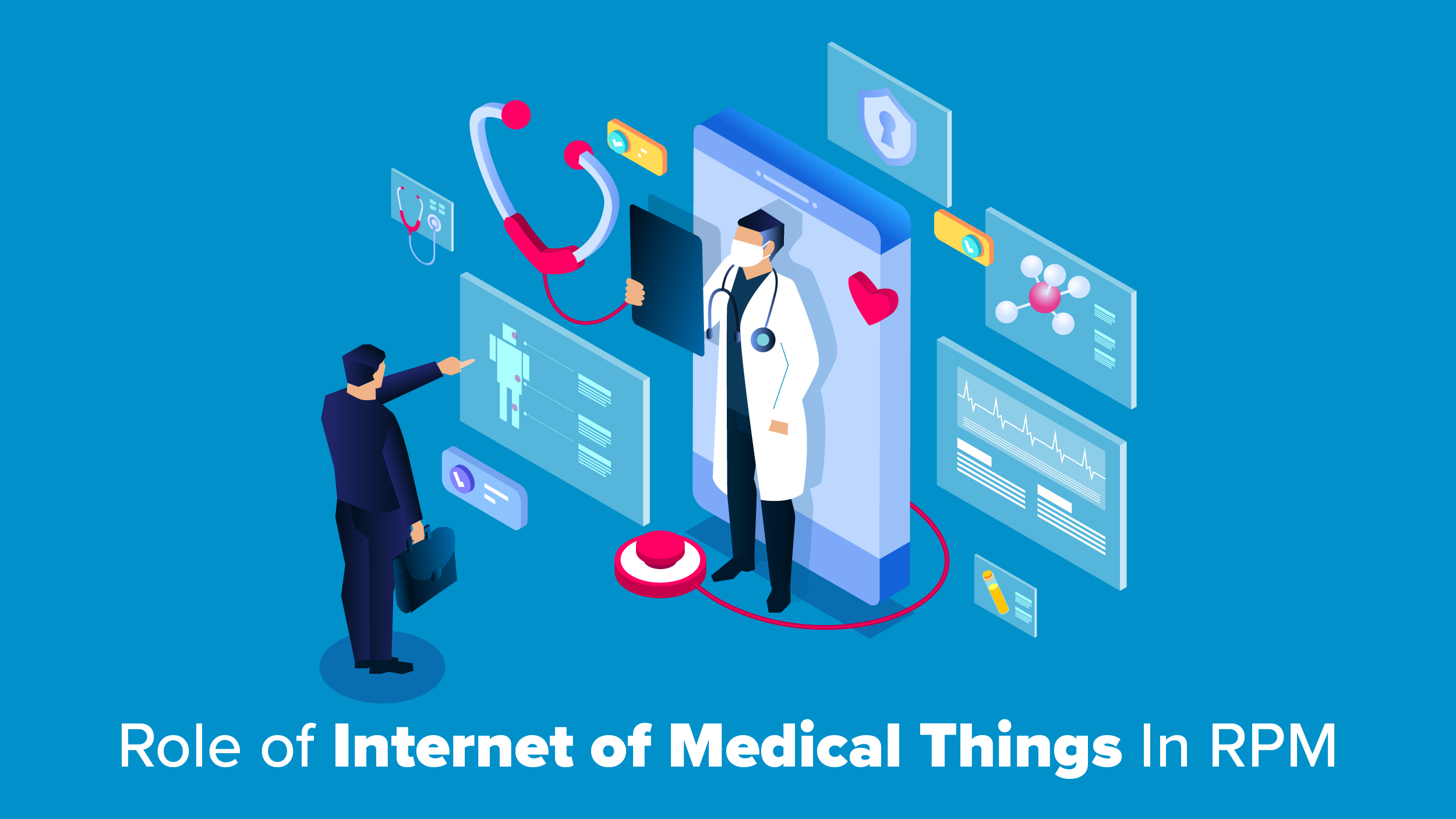
IoMT (Internet of Medical Things) has incredible potential to help the healthcare industry. IoMT uses medical devices or mobile apps to connect people, data, and progress together. It plays a very important role in keeping a check on the patient’s health outcomes.
Remote patient monitoring devices are the most common and beneficial IoMT devices. IoMT-powered devices are connected to the internal networks of healthcare providers. The Internet of Medical Things is the best way to improve patient health and manage clinical workflow. IoMT is completely transforming remote patient monitoring for the greater good.
It is estimated that by 2025, a lot of US patients will switch to RPM tools. And this does not stop here; the next big thing in remote patient monitoring is miniaturization, where device makers are striving to make their solutions smaller and less invasive. With such advanced healthcare solutions and innovations, we will soon live in a world where we can predict the onset of a medical condition and also prevent it in time.
Services and Software Available in Remote Patient Monitoring
As mentioned above, the term “remote patient monitoring” (RPM) refers to services that use technology to remotely monitor patients’ health, frequently from their homes. Remote patient monitoring services can employ mobile medical devices and sensors to gather and store patient health and medical information that doctors and other healthcare professionals can access and review remotely. This enables healthcare professionals to keep track of and manage patients’ chronic diseases in real time and to identify any changes in their health state early on before they need to seek emergency care or be admitted to the hospital. RPM services, especially for patients in rural or underserved areas, can enhance patient outcomes, lower healthcare costs, and boost accessibility to high-quality treatment. Remote patient monitoring services are provided by numerous businesses and institutions, including GYANT, Medopad, Chronisense Medical, and Ejenta, among others.
Healthcare providers can monitor and manage patients’ chronic diseases, such as diabetes and heart disease, in real time using remote patient monitoring software, which includes mobile medical devices, sensors, and telemedicine platforms. Software for remote patient monitoring can assist patients in receiving better care, lowering healthcare expenses, and having easier access to high-quality care for those who live in underserved or rural locations. Jotform, Dexcom, Senseonics, Medtronic, Resideo LifeStream, Philips, and CoachCare are a few brands of remote patient monitoring software.
Future Developments in Remote Patient Monitoring
The future of remote patient monitoring is very promising, with many developments and advancements expected. The miniaturization of electronics will lead to the development of smaller, more specialized devices that can monitor a wide variety of health parameters. The use of artificial intelligence and machine learning will further enhance these devices, allowing for more accurate and personalized monitoring. Additionally, the adoption of telemedicine and remote patient monitoring solutions is expected to increase, as they have been shown to improve health outcomes and reduce healthcare costs. The integration of remote patient monitoring into healthcare systems and the use of data analytics and population health management strategies are also expected to play a major role in the future of remote patient monitoring. Overall, the future of remote patient monitoring is expected to have a significant impact on the healthcare industry.
